Contents
- Early History
- Colonial History
- Local Figures & Organizations
- Annasaheb Takalgavankar
- Nanaji Deshmukh
- Post-Independence Era and Contemporary Educational Infrastructure
- Primary & Secondary Education
- Institutions of Higher Learning
- Adarsh College
- Khurana Sawant Engineering College
- Shivaji College
- Dr. Hedgewar Smruti Rugna Seva Mandal Dental College and Hospital
- Government ITI College
- NGOs and Community-Based Education Efforts
- Jaywantrao Patil Sevabhavi Sanstha
- Graphs
- Enrollment and Dropout Rate
- A. Student Enrollment Numbers
- B. Student Enrollment (Class-Wise)
- C. Student Enrollment (Gender-Wise)
- D. Student Enrollment (By School Management Type)
- E. Drop Out Rate (By Schooling Level)
- F. Drop Out Rate (By Gender)
- Schools
- A. No. of Schools
- B. No. of Schools (Filtered by Gender Mix)
- C. No. of Schools (By School Management Type)
- Teachers
- A. No. of Teachers
- B. No. of Teachers (By School Management Type)
- C. No. of Teachers (Male vs Female)
- D. Education Level of Teachers
- Sources
HINGOLI
Education
Last updated on 28 July 2025. Help us improve the information on this page by clicking on suggest edits or writing to us.
The educational framework of Hingoli aligns with the broader structure of the Indian education system, encompassing pre-primary, primary, secondary, and higher education. By the 19th century, the introduction of the Western education framework in the district changed its educational landscape. British administrators and missionaries became actively involved in shaping education in the region. Additionally, as part of the Hyderabad State during this period, the district’s educational development was also influenced by the Nizams.
Still, even as colonial influences grew, the early 20th century saw a wave of local initiatives; its existence indicated an increasing public awareness regarding the importance of education. Local communities took charge of education, a movement that carried into the post-independence era, shaping the district’s educational landscape in lasting ways.
Early History
Much of Hingoli’s early educational history remains unknown. However, this does not imply that any educational activity was completely absent in the district. It is possible that, like many places across Maharashtra, some systems of education did exist in the district in earlier times.
Some figures in Indian tradition associated with learning and teaching are sants. The Bhakti movement, in particular, was a critical space for such figures, who shaped religious and social discourse in ways that continue to resonate. One such figure tied to Hingoli is Sant Namdev. He was born in 1270 in Narsi to Damashet Relekar, in a Shimpi family, which was then regarded as lower caste.
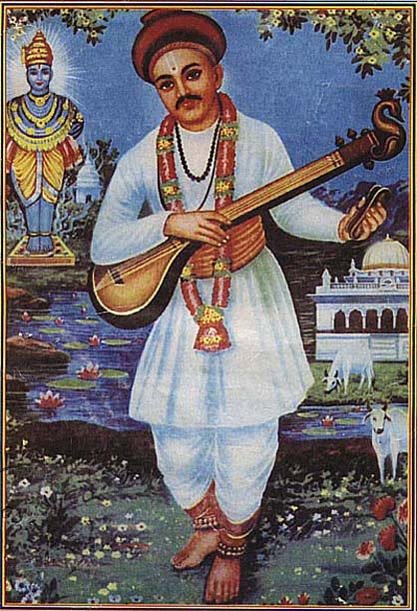
Despite the caste barriers, Namdev emerged as a figure whose teachings transcended social boundaries. His abhangas and kirtans expressed devotion to Vitthal and promoted spiritual equality. A proponent of Nirguna Bhakti (worship of a formless divine), he rejected caste divisions and religious orthodoxy.
Namdev’s work became part of both Maharashtrian devotional traditions and the Sikh canon, with 61 of his hymns included in the Guru Granth Sahib. Through performance and public preaching, he played a key role in transmitting spiritual and moral education to the masses at the time.
Colonial History
During British rule, Hingoli fell under the State of Hyderabad, and later formed part of Parbhani district. Consequently, records of Hingoli’s colonial-era education are limited and primarily derive from sources on Parbhani. Education in this period was governed by the Nizam’s policies, with Urdu as the medium of instruction. According to the Parbhani district Gazetteer (1974), all schools, both primary and secondary, were state-run, and private educational initiatives were discouraged.
Local Figures & Organizations
As mentioned above, while entities from the West played a significant role in shaping the educational landscape of Hingoli, local figures and organizations also emerged as key contributors. Many of them established institutions and contributed to academic discourses in ways that continue to shape education in the district today.
Annasaheb Takalgavankar
Born in 1929 in Kalamnuri taluka of Hingoli, Annasaheb Takalgavankar nurtured a deep passion for learning from an early age. After completing his primary education there, he pursued a career in education, beginning as a teacher and eventually becoming a professor at D.E.D. College due to his dedication and expertise.
Annasaheb was also a social reformer and activist. His love for knowledge extended to astronomy, showcasing his diverse interests. As a committed freedom fighter, he played an active role in the मराठवाडा मुक्तीसंग्राम (Marathwada Mukti Sangram) and was imprisoned for his efforts during the struggle for independence. In 1990, he established Sukhdevanand Vidhyalay in Bhandegaon to meet the educational needs of local students.
Nanaji Deshmukh
Chandika Das Amritrao Deshmukh, widely known as Nanaji Deshmukh, was a prominent social reformer and educationist from Hingoli whose work left a lasting impact on rural India. Born in the village of Kadoli, he was the youngest of five children and faced economic hardship from an early age, supporting his education by selling vegetables and newspapers.
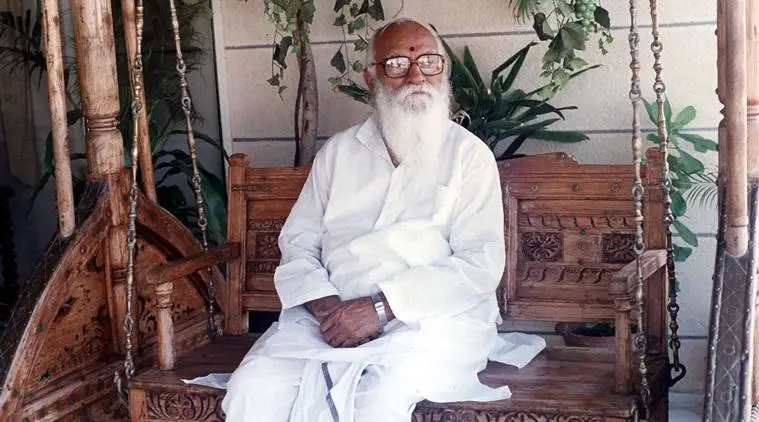
In 1934, he was among the first 17 Swayamsevaks appointed as Pracharaks by Dr. Keshav Baliram Hedgewar, the founder of the Rashtriya Swayamsevak Sangh (RSS), marking the beginning of his lifelong dedication to public service. In 1944, he led volunteer rescue operations during the Chatauli floods, further establishing his commitment to grassroots work.
Nanaji’s vision of education was grounded in the philosophy of Integral Humanism, which sought the holistic development of individuals and communities through the integration of education, health, agriculture, and self-reliance. His early efforts in Gonda (Uttar Pradesh) and Beed (Maharashtra) expanded into a widespread movement that reached over 500 villages across Uttar Pradesh and Madhya Pradesh.
In his later years, he settled in Chitrakoot (Madhya Pradesh), where he founded the Chitrakoot Gramoday Vishwavidyalaya, India’s first rural university, aimed at empowering rural communities through integrated development. For his lifelong contributions, he was awarded the Padma Bhushan and posthumously honored with the Bharat Ratna.
Post-Independence Era and Contemporary Educational Infrastructure
Following India's independence, the education system in Hingoli underwent major transformations. The introduction of structured education levels—pre-primary, primary, secondary, and higher education and the implementation of National Education Policies heavily shaped the educational landscape of the district. Over the years, the education sector has developed with contributions from both government-funded institutions and private organizations. Additionally, Educational boards were also introduced, each offering distinct curricula and standards, providing students with more choices.
Primary & Secondary Education
During the colonial period, both public and private efforts in education primarily focused on primary and secondary schooling, as indicated by data from district gazetteers across Maharashtra. Higher education remained underdeveloped in most districts, including Hingoli, with gradual improvements over time. While basic infrastructure for primary and secondary education existed, its expansion was closely tied to increasing enrollment and greater involvement of local figures.
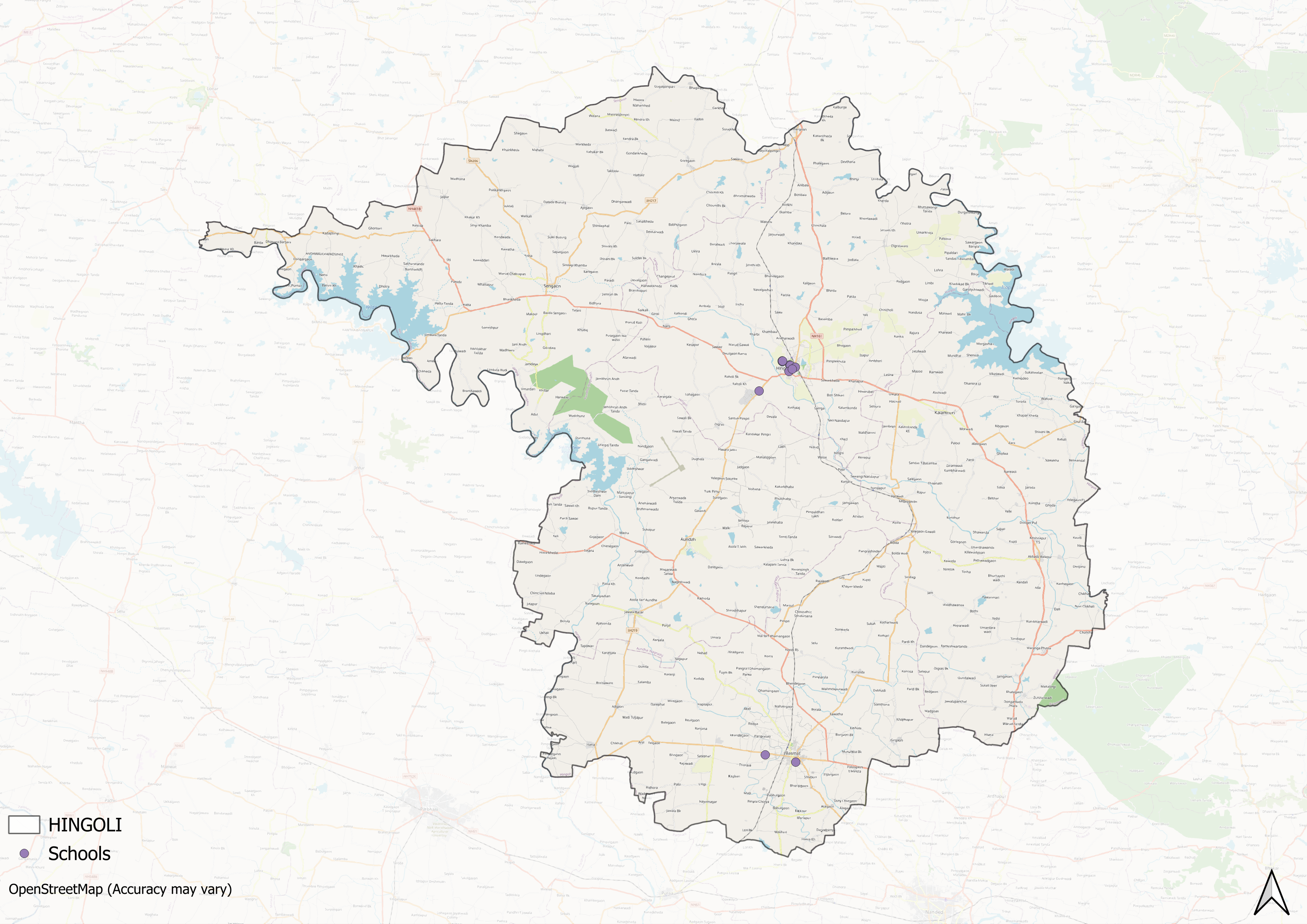
Today, this expansion is evident in the widespread presence of schools across various wards of Hingoli, with available data reflecting the steady growth of educational institutions in both urban and rural parts of the district.
Institutions of Higher Learning
Perhaps one of the most notable changes in Hingoli’s educational landscape is tied to the establishment of higher education institutions. While primary and secondary schooling expanded steadily, opportunities for advanced education remained limited for much of the district’s history. Over time, local leaders and organizations played a crucial role in addressing this gap, leading to the creation of several colleges. As a result, many institutions in the district today are privately managed, semi-private, or autonomous.
Adarsh College
Established in 1965, Adarsh College is one of the oldest higher education institutions in Hingoli. Founded during a time when access to quality education was limited in the underdeveloped regions of the former Nizam State, the college played a vital role in expanding academic opportunities in the area.
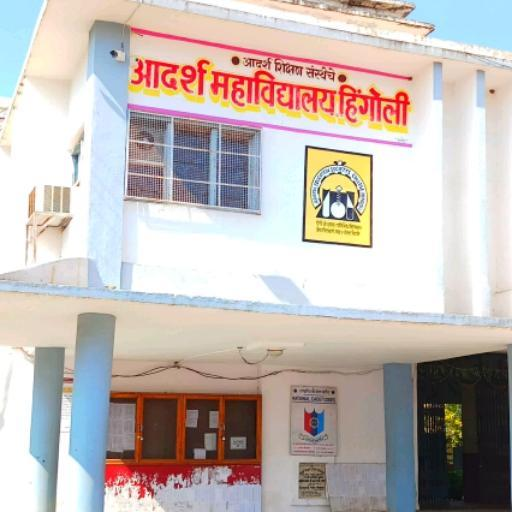
Today, itoffers undergraduate, postgraduate, and doctoral programs across multiple disciplines. Its continued presence has made it a central institution for students across the district seeking higher education.
Khurana Sawant Engineering College
Founded in 2009 by the Geetai Charitable Trust, the Khurana Sawant Institute of Engineering and Technology was established through the efforts of Mr. Khuran, a financial patron, and Dr. Sawant, who oversees administration. Located on Balsond Hill in Hingoli city, the institute aims to provide technology-driven education aligned with societal and industrial needs. The college offers five undergraduate and three postgraduate programs in engineering and related fields.
Shivaji College
Shivaji College was founded in 1998 in Hingoli and is managed by the Shri Shivaji Shikshan Prasarak Mandal and is affiliated with Swami Ramanand Teerth Marathwada University, Nanded.
Initially focused on the Faculty of Arts with 12 departments, the college expanded in 2020–21 to include the Faculty of Commerce and B.Voc programs in Retail Operations and Banking, Financial Services, and Insurance. It also publishes Kayadhu, a student magazine, and conducts various skill development programs to enhance student capabilities.
Dr. Hedgewar Smruti Rugna Seva Mandal Dental College and Hospital
Dr. Hedgewar Smruti Rugna Seva Mandal Dental College and Hospital is one of the few dental schools in Maharashtra, affiliated with the Maharashtra University of Health Sciences (MUHS) in Nashik. The college offers both bachelor's and master's degrees in dental sciences and is recognized for its excellent facilities and laboratories. Additionally, the college provides free therapy services to the public.
Government ITI College
Government ITI colleges are spread across Hingoli and play a crucial role in promoting technical and vocational education, focusing on skill development for students.

In addition to these institutions, a number of centres for higher education operate throughout the district, which offer programmes across various disciplines. While the landscape of higher education has broadened significantly since independence, disparities in access, particularly along geographic lines, remain evident.
NGOs and Community-Based Education Efforts
Education has been a key driver of social reform, particularly in addressing inequality and expanding access to learning. While formal institutions provide structured education, many communities continue to face barriers due to poverty, social stigma, or lack of resources. To address these challenges, various organizations in Hingoli have focused on community-based education initiatives, with each working to tackle specific social challenges present in the district.
Jaywantrao Patil Sevabhavi Sanstha
Jaywantrao Patil Sevabhavi Sanstha (JGPSS) is a non-governmental organization established in 2007 by Chandrakant Ghyar Patil, a postgraduate in Social Sciences and recipient of the District Level Teacher’s Award. The organization is named after Jaywantrao Ghyar Patil, an individual who, despite being illiterate, recognized the importance of education and encouraged local families to send their children to school.
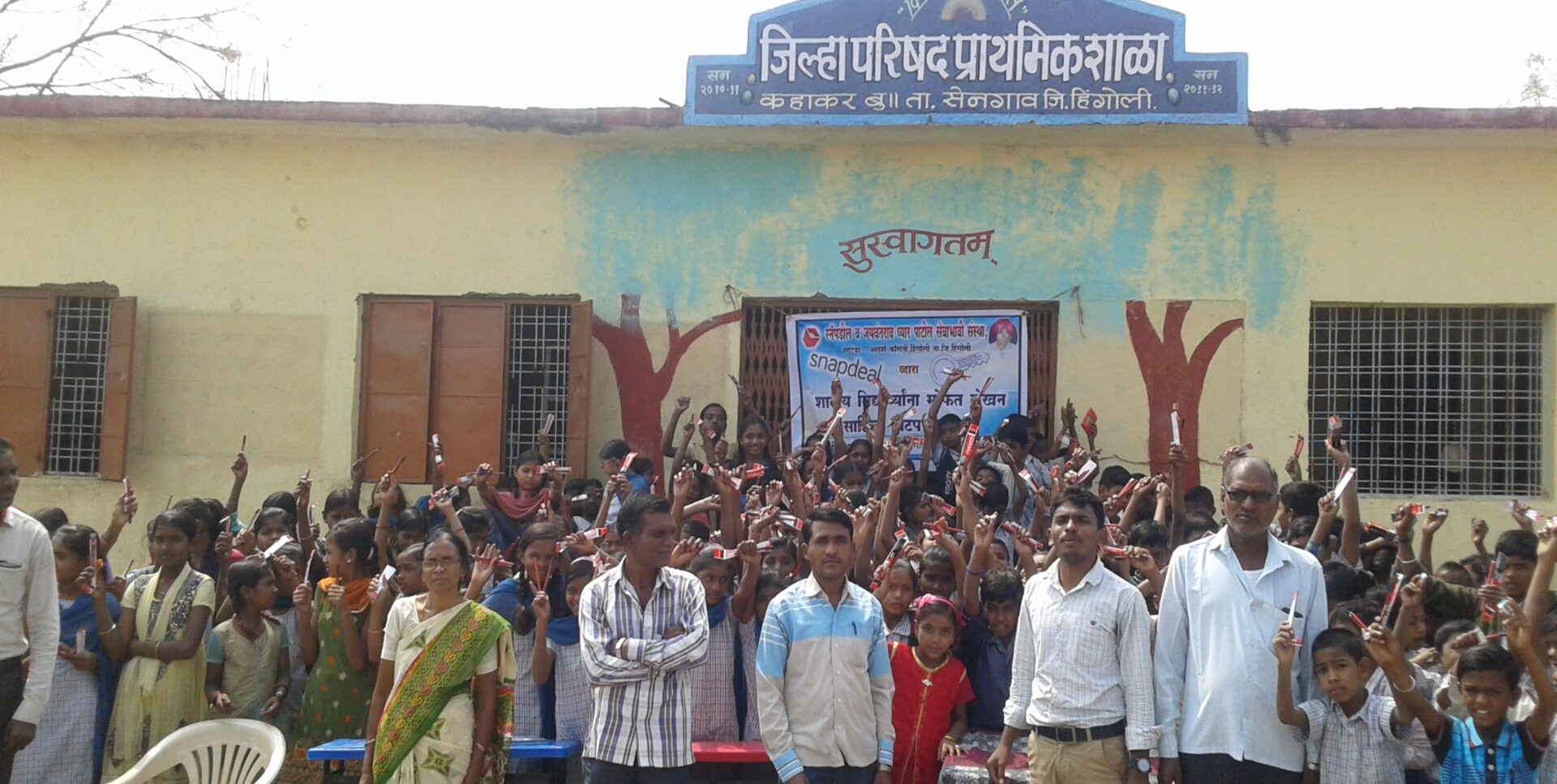
Based in Hingoli, the organization aims to address local issues by promoting holistic education. This includes support for adult, pre-primary, and primary education, along with providing essential resources such as stationery and financial assistance to students. The mission of JGPSS is to uplift the community through education and skill development. As agriculture and small-scale industries remain as dominant means of employment in the district, JGPSS has partnered with the Maharashtra State Skill Development Society to provide vocational training. The aim is to enhance employability and bridge the skills gap in local industries. Among its initiatives, the organization offers training in vermicomposting and organic farming practices, providing valuable skills to local farmers.
Looking forward, JGPSS plans to expand its training programs to include hand embroidery and other traditional crafts. The organization also aims to establish a dedicated training center for it.
Graphs
Enrollment and Dropout Rate
Schools
Teachers
Sources
Adarsh College. “About Us.”https://adarshcollege208.ac.in/https://adarshcollege208.ac.in/
Government of India. “Unsung Heroes: Nanaji Deshmukh.”Azadi Ka Amrit Mahotsav.https://cmsadmin.amritmahotsav.nic.in/unsung-heroes-detail.htm?519https://cmsadmin.amritmahotsav.nic.in/unsung…
Jayavantrao Ghyar Patil Sevabhavi Sanstha (JGPSS). n.d.JGPSS Official Website.https://jgpss.org/https://jgpss.org/
Jayavantrao Ghyar Patil Sevabhavi Sanstha (JGPSS). n.d.Skill development program.https://jgpss.org/education/skill-development-program/https://jgpss.org/education/skill-developmen…
Maharashtra State Gazetteers. 1974.Parbhani District. Gazetteer Department, Government of Maharashtra, Bombay.
Pardeep Singh. 2016. “Bhagat Namdev: Life and Philosophy.”International Journal in Commerce, IT & Social Sciences (IJCISS)vol 3, no. 8.https://www.academia.edu/40239388/Bhagat_Namdev_Life_and_Philosophy.https://www.academia.edu/40239388/Bhagat_Nam…
Prabhakar Machwe. 1990.Namdev: Life and Philosophy. Publication Bureau, Punjab University, Patiala.
Sewagatha. n.d. “Nanaji Deshmukh: A Selfless Soul.”Sewa Gatha.Accessed March 18, 2025.
Shivaji College, Hingoli. “About Us.”https://www.shivajicollegehingoli.org/about.html#https://www.shivajicollegehingoli.org/about.…
Last updated on 28 July 2025. Help us improve the information on this page by clicking on suggest edits or writing to us.